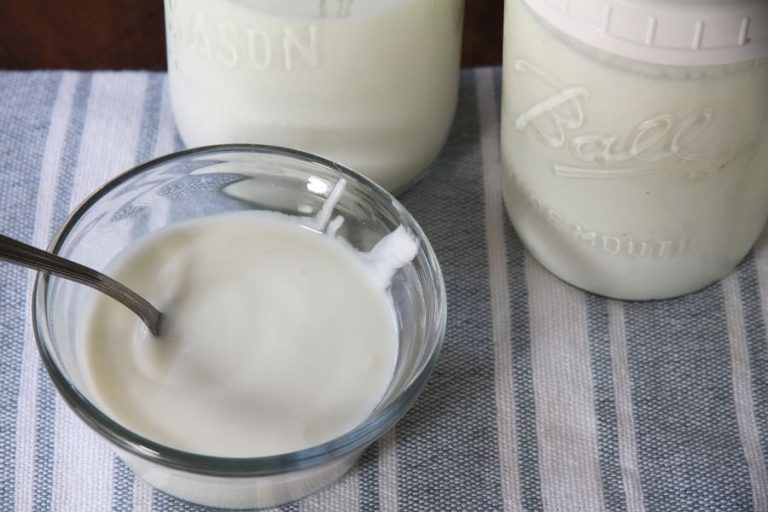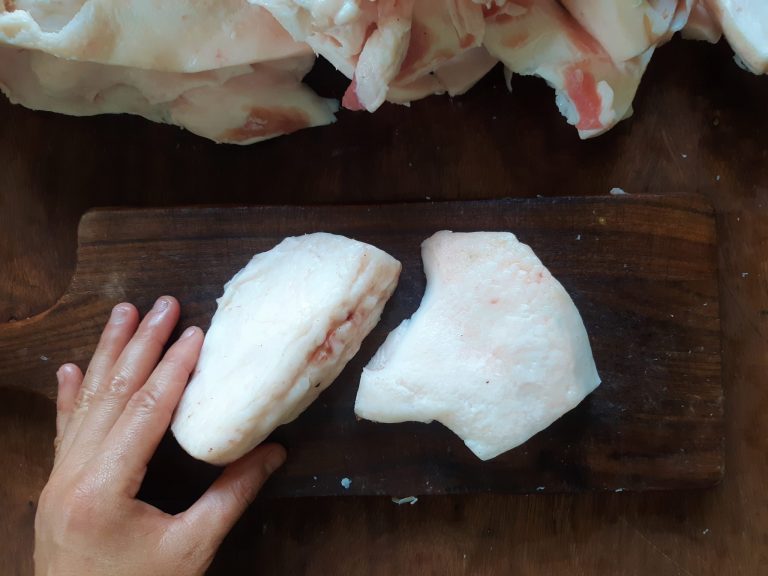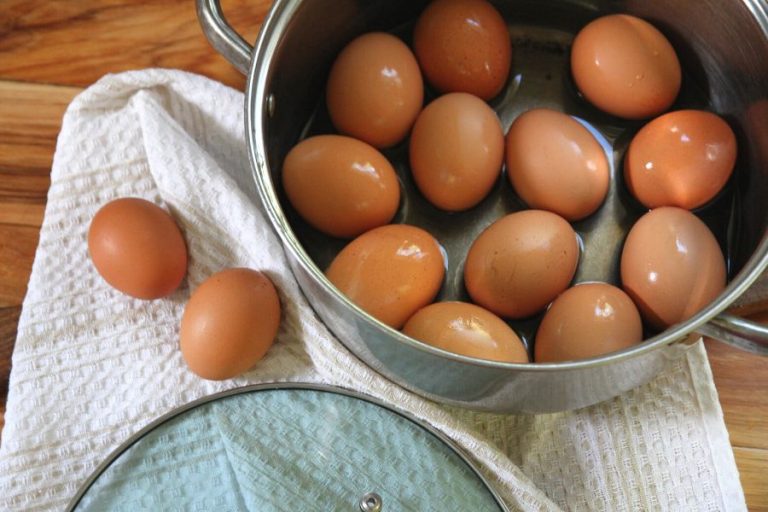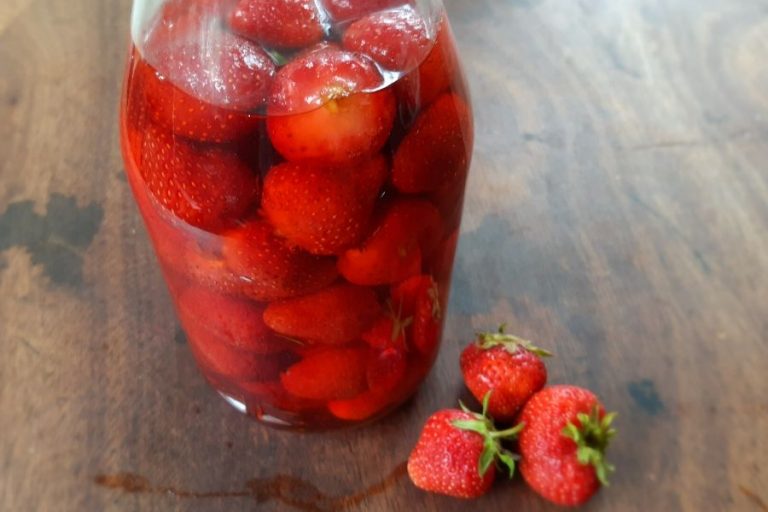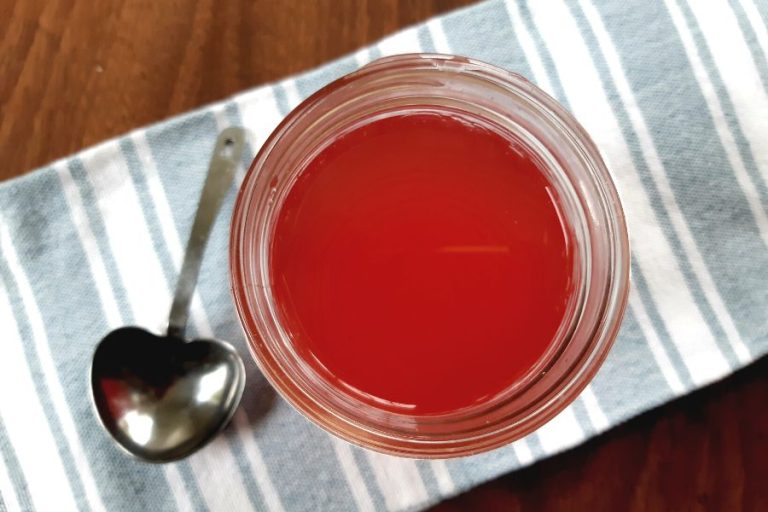How to Make Venison Stock with Deer Bones
Discover two different ways to make deer bone broth in your kitchen. This venison bone broth recipe is a great way to use the entire animal and keep homemade stock on hand for winter soups.

Making your own venison stock is well worth the effort if you're an avid hunter (or have one in the family).
With local hunting, it's especially easy to keep and make use of deer bones. And I always find things are much simpler on butchering day when you keep the bones for broth, because you don't have to worry removing every bit of meat.
Whatever's left will end up in the soup pot!
Best Venison Bones for Deer Stock
When it comes to bone broth, anything goes. Use a hack saw or sawzall to cut larger bones into lengths that will fit in your stock pot or roaster. Do the same with the long, slender leg bones and even shoulder blades.
Important note: if you live in a region where chronic wasting disease could possibly be carried by big game animals, always send the head in for testing before using bones to make venison stock. If test results are positive, you should discard bones for health safety reasons.
Butchering Tip: I used to take meat from the front legs for ground burger, but the sinew put a lot of gristle into my ground meat. So I've begun taking small shanks from the lower part of the front legs and add them to my deer stock. The long cooking time will cause the sinewy, connective tissue disintegrate, leaving you with fork tender meat (and nicer ground burger).

How to Keep Deer Bones
After they've been cut to size, you can freeze deer bones in plastic bags until you're ready for them. They do stick together, so freeze in portions that will fit in your largest stockpot or roaster.
Tools You'll Need
To make your broth, you'll need one of the following:
- large dutch oven
- large roaster
- large stock pot
You'll also need these items:
- large bowl
- spoon
- baking sheet
- fine mesh sieve or cotton cloth
- freezer bags or glass jars, for preserving
Ingredients for Venison Broth
- deer bones
- cold water
- salt
- optional: apple cider vinegar
- optional: bay leaves, fresh herbs
Some folks like to keep and add onion skins or vegetable scraps (carrot peels, celery tops, etc) for additional flavor. But I prefer to make a basic stock, so it's easy to customize according to the recipe at hand.
How to Make Venison Stock on the Stove
Place bones in a large stock pot or dutch oven. Cover with cold water, add a glug of apple cider vinegar, then bring to a rolling boil on the stove top.

Reduce heat to a low boil and simmer for 2 hours, until meat falls off the bones.
Lift bones and remove meat for later use.
Tip: if you boil the meat for too long, it loses flavor and becomes tough, so be sure to salvage it at the right time. Bag and freeze it for later.
Return bones to your stock pot and add the original volume of water.
Simmer for another 6-10 hours, or until connective tissue disintegrate, then let broth cool until it's safe to handle.
Place a fine mesh sieve or cotton straining cloth over a large bowl and pour the broth into it.
Lift the sieve or cloth and put the strained liquid in the fridge, freezer or learn how to pressure can it for later.

Tip: if you don't want deer fat in your venison stock, chill it overnight and in the morning, you'll have a nice, white layer of fat you can easily lift off with a large spoon.
How to Make Venison Stock in the Oven
Place deer bones in a large roaster and cover with water. Roast for a long time in the oven at 300 F, until meat is falling off the deer bones (2-3 hours).
Tip: when roasting bones in the oven, be sure to check and top up water every few hours.
Lift the bones and remove meat for making venison soup or other dishes.

Add original volume of water and roast in the oven for another 6-10 hours or until connective tissue disintegrates.
Cool broth and pour into a fine mesh sieve over a large bowl.
Ladle pure broth into glass jars and store in the fridge up to a week. You can also preserve venison bone broth by freezing or canning it for later.
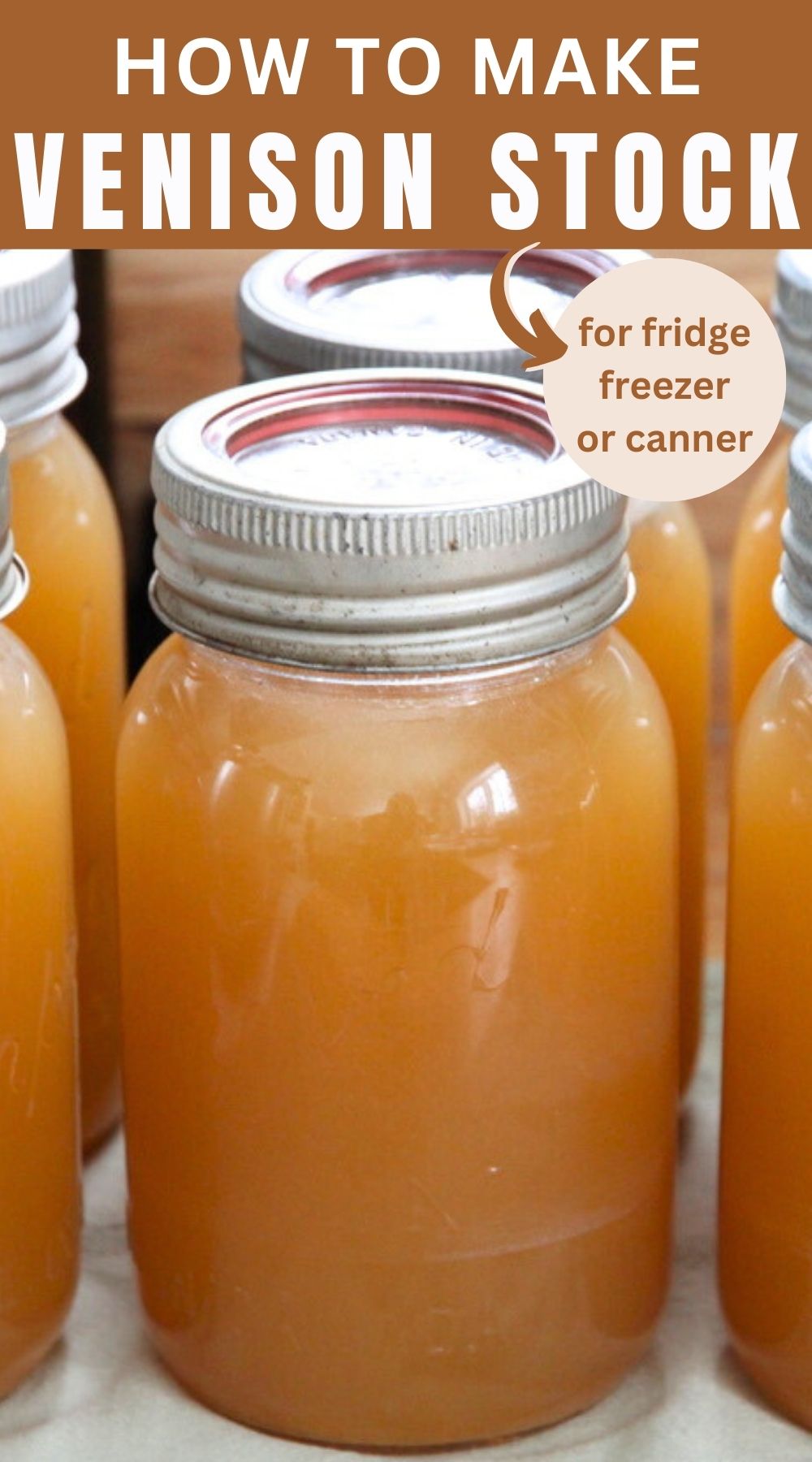
How to Keep Venison Stock
Keeping Venison Stock in the Fridge
To keep venison broth short term, pour it into mason jars and refrigerate up to 1 week. It really helps with refrigerator life if the jars have tight fitting lids.
Freezing Deer Broth
Let broth cool to room temperature, then pour it into freezer bags and tightly seal. Always put the bags of broth in a tote or bin before putting them in the freezer, so if something does leak you won't have a mess on your hands (just in the bin!).
Canning Your Own Venison Stock
I love canning stock, because unlike freezing, it's shelf stable and ready to go. But you do need a pressure canner (not a pressure cooker) for this process.
You can get my full tutorial on canning venison broth here.
And if you're new to pressure canning but would like to learn, be sure to check out my course: Pressure Canning for Beginners.
I'll teach you how to safely pressure can wild game, poultry, fish and more.
How to Use Venison Stock
You can use deer meat and deer stock in just about any recipe that calls for beef! Here are some of my favorite things to make with our own deer stock.
- Venison stew
- Venison chili
- Deer pot pie
- Venison gravy for potatoes or meatballs
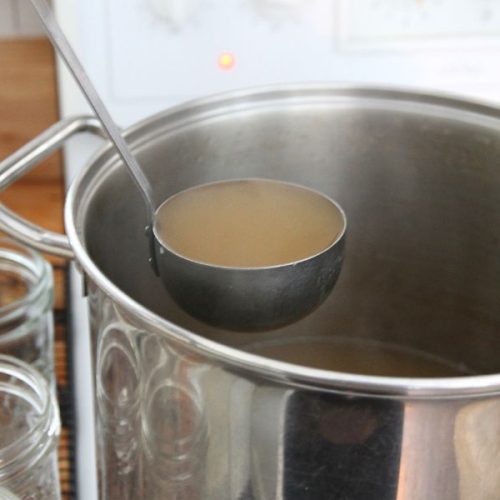
How to Make Venison Stock with Deer Bones
Equipment
- one of the following: large stock pot, dutch oven or roaster
- large bowl
- large spoon
- baking sheet
- fine mesh sieve or cotton straining cloth
- freezer bags or glass jars
Ingredients
- several pounds of deer bones
- water to cover bones
- salt to taste
- optional: apple cider vinegar
- optional: bay leaves or fresh herbs
Instructions
Venison Stock on the Stove
- Place bones in 20 quart stock pot and cover with cold water, adding a glug of apple cider vinegar, if desired.
- Bring water to a rolling boil and reduce heat to a gentle simmer, leaving the lid in place.
- Simmer for 2 hours or until meat is fall off of bones.
- Lift bones with large spoon or fork and cool on a baking sheet, until you can safely remove meat with your hands.
- Bag meat and refrigerate or freeze for later use.
- Return bones to the stock pot, top up with water and cook another 6-10 hours, until ligaments have disintegrated.
- Let broth cool until it's safe to handle, then line a large bowl with a sieve or cotton cloth.
- Pour broth into large bowl, then lift filtering tool and pour pure broth into containers.
- Refrigerate up to 7-10 days.
- You can also pour broth into bags and freeze for several months or more.
Venison Stock in the Oven
- Preheat oven to 300F.
- Fill your largest roaster with deer bones.
- Cover bones with water and set lid in place.
- Check roaster every 2 hours or so and top up with water, if needed.
- Roast in the oven for 2 hours or until meat is falling off bones.
- Lift bones to a baking sheet and let cool, until you can safely remove pieces of meat.
- Bag roasted meat and refrigerate or freeze.
- Return bones to the roaster, top up with water cook another 6-10 hours or until ligaments are dissolving.
- Remember to top up with water during this time, if needed.
- Line a large bowl with a sieve or cotton cloth and pour the broth into it.
- Lift the sieve and pour pure broth into containers and refrigerate 7-10 days.
- You can also bag and freeze broth, or pressure can for a shelf stable product.
